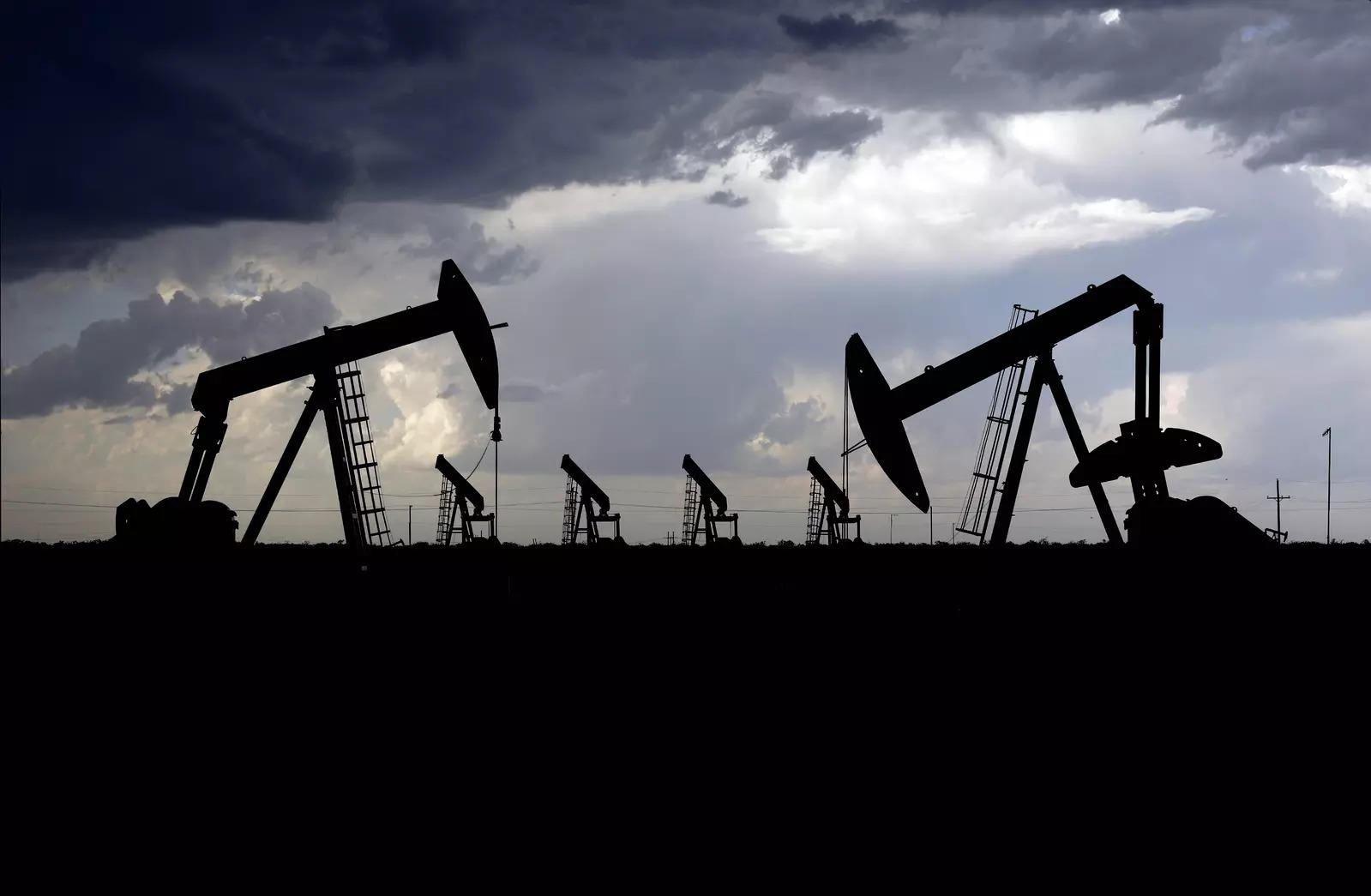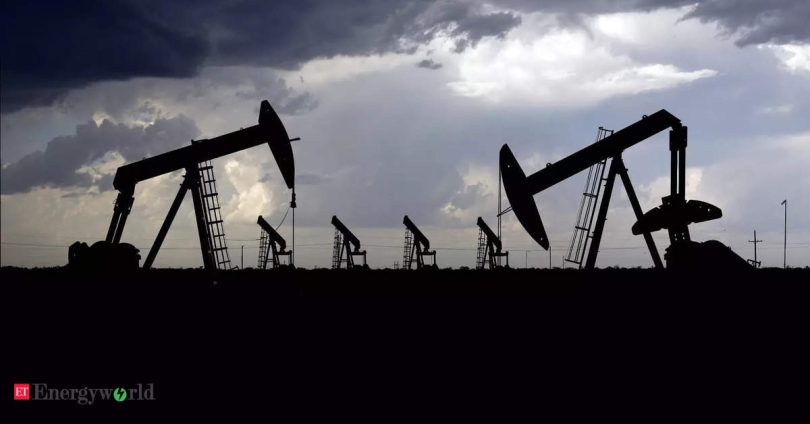[ad_1]

The subject of my talk is measuring Risk and volatility in the refining and downstream industry.
We all know that the refining business is subject to global market conditions as they are buying crude oil at import parity prices and selling products to the marketing companies also at the import parity prices. Refineries are also competing in the global market for exporting surplus products. Thus, refineries must fend for themselves both in the domestic as well as international markets. Further, unlike their western counterparts, most of the Indian refining companies are not integrated with the upstream business. They therefore have a larger exposure to crude oil price volatility.
If we look at the historical oil demand and prices, we can notice trends, cycles, and seasonal variations. We can see how geo-political, environmental, and technological developments affected the oil prices. These impacts are generally gradual, easier to understand and predictable to some extent. But when sometimes multiple factors that have a bearing on the oil market change simultaneously, it is nearly impossible to estimate the resultant impact on the oil prices.
From a refiner’s point of view, price volatility can manifest itself in several forms, the primary being the price at which the crude oils are procured. The price differential between the sweet and sour crude oils known as the sweet-sour differential, which is seen to vary along with various product cracks and the Diesel – FO differential, is a crucial variable in refinery economics. These are largely influenced by demand patterns. Natural Gas price variations are becoming very important as it finds an increased role as substitute fuel or feed stock in the refineries and Petro-chemicals replacing Naphtha. Finally, transportation cost (freight) and currency fluctuations cannot be ignored in the global oil markets. Like in all the markets, crude oil and petroleum product prices tend to be influenced by a variety of factors namely rise or slump in supply & demand, sudden outages of refineries, weather conditions, hurricanes etc.
Geopolitical risks are also to be contended with. News regarding China-Taiwan conflict, Russia stopping gas supplies to European markets, Iranian nuclear issue, and threats of sanctions, all have added to the uncertainties about oil supplies and spurt in prices. Restrictions on sulfur emissions in various countries for environmental reasons tend to strengthen the low sulfur crude oil prices. Various government initiatives like biofuels, energy efficiency norms tend to influence the future demand and soften the prices. The truth is that there can be no magic formula which can link all these pieces of jigsaw puzzle to decipher what the oil price should be. The past two years have seen unprecedented fluctuations in the oil prices giving severe jolts to the refinery economics. Refineries have seen some very high and low margins during this period. In the production planning cycle, refiners typically commit themselves to a particular crude mix and product pattern about 3 months in advance for spot procurements and 12 months for term arrangements. In such a situation it becomes imperative to understand and measure the price risk and volatility, scientifically.
Typically, the volatilities in terms of risk profile are measured through Risk Cubes. Risk cube is the primary method for communication between Risk actions to clients monitoring volatilities in the crude oil market. Before the initial Risk action, the Risk Cube table specifies input tables and the control settings to start the analysis. As Risk actions are performed, based on each stochastic model, the cube table adds information on generated tables passing information to other actions. Once a simulation or scenario analysis has been completed, the cube contains details on the values table generated and can be used as an input to query or join actions (among others). Each stochastic model has its own closed-form or stochastic differential equation that gets applied in Simulation scenarios. These stochastic models could be Geometric Brownian Motion (GBM), Brownian Motion, Cox Ingersoll Ross, Vasicek and are available in Advanced Statistical Analysis tools from various vendors like SAS, etc.
The cube table typically contains information on the following:
- Analysis specification
- Variable specifications
- Evaluation, scoring, and mitigation type definitions
- Method lists associated with output variable computations
- Model and model group definitions
- Project description and default options
- Input table location and attributes
- References to values tables generated by Risk actions
- Action options for evaluation and query
- Cube version
Apart from managing oil price risks, companies need to cover their exposure to international currency fluctuations like the US Dollar. Concluding, Volatility is part of the game and can be monitored through advanced statistical modeling techniques. The present oil market situation provides both a risk as well as an opportunity to refining and marketing companies. Refining companies can create mechanisms to benefit from the opportunities due to price movements by adopting agile risk and volatility measuring strategies through innovative risk management excellence practices.
[This article was authored exclusively for ETEnergyworld by Naveen Sikka, Principal Industry Consultant at SAS]
[ad_2]
Source link








